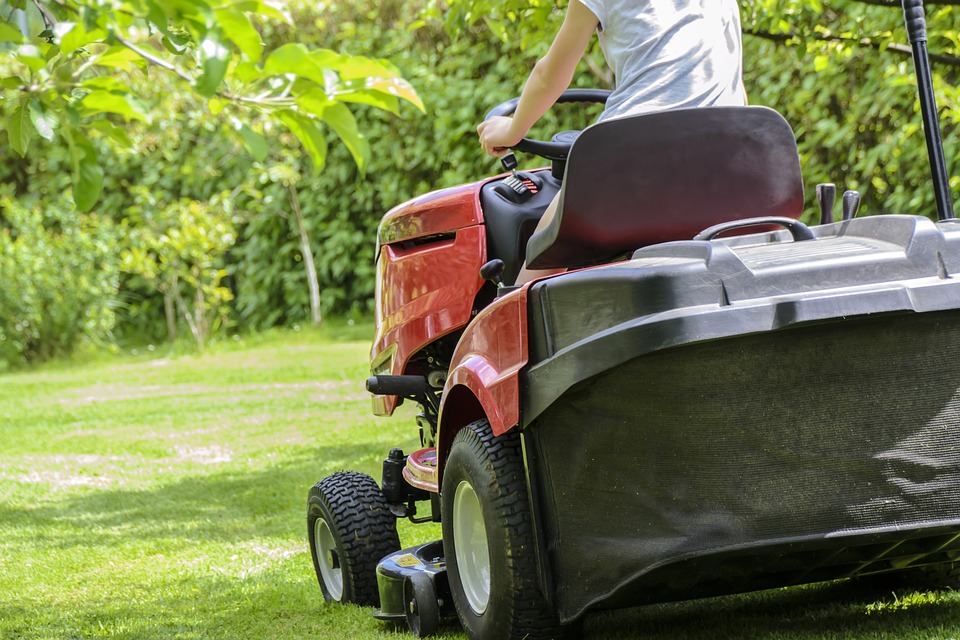Introduction
A lush, green lawn is the envy of every homeowner. Achieving that perfectly-manicured lawn may seem like a daunting task, but with the right tips and tricks, you can unlock the secrets to a beautiful yard. From mowing techniques to irrigation systems, this article will provide expert advice on how to maintain a lawn that will be the pride of your neighborhood.
Choosing the Right Grass
The first step to achieving a perfectly-manicured lawn is selecting the right grass type for your region. Different grasses have different maintenance requirements and tolerances to weather conditions. Some common choices include Bermuda grass, Kentucky bluegrass, and Zoysia grass. Research the grasses that thrive in your climate to ensure you make the right choice.
Proper Mowing Techniques
Mowing is an essential part of lawn care, and doing it correctly can make a significant difference in the health and appearance of your lawn. Set your lawn mower to the appropriate height for your grass type, and never remove more than one-third of the grass blade’s height in a single mowing. This allows the grass to develop a strong root system and prevents weed growth. Additionally, vary your mowing pattern each time to prevent soil compaction and ensure even growth.
Watering Strategies
An adequate watering schedule is crucial for maintaining a healthy lawn. Instead of watering lightly every day, water deeply and less frequently. This encourages the grass to develop deep roots, making it more drought-resistant. Water your lawn early in the morning to minimize evaporation and allow the grass blades to dry before nightfall, reducing the risk of disease. Installing an irrigation system with timers can simplify the watering process and ensure consistent coverage.
Fertilizing and Weed Control
Regular fertilization is necessary to provide your lawn with the nutrients it needs to flourish. Choose a high-quality fertilizer specifically formulated for your grass type and follow the instructions for application rates. Apply weed control products as needed to prevent invasive plants from taking over your lawn. Be cautious, though, and choose environmentally-friendly options to minimize harm to beneficial insects and animals.
Aerating and Overseeding
To keep your lawn healthy and attractive, it’s essential to aerate and overseed it periodically. Aerating involves creating small holes in the soil to improve airflow, reduce compaction, and allow nutrients to reach the roots. Overseeding helps fill in patchy areas and prevent weed growth. These practices are particularly beneficial for lawns that experience heavy foot traffic or show signs of stress.
Proper Lawn Edging
Well-defined lawn edges create a polished appearance and enhance the overall look of your yard. There are various methods for edging, including using a spade or installing plastic or metal edging products. Make sure to maintain consistent edging lines and trim any overhanging grass or plants along the edges regularly.
FAQs
1. How often should I mow my lawn?
The frequency of mowing depends on the rate of grass growth. As a general rule, it’s best to mow once a week during the growing season. However, adjust your mowing schedule based on how quickly your grass is growing to avoid cutting more than one-third of the blade length at a time.
2. How can I prevent weeds from taking over my lawn?
Regularly fertilizing and maintaining a healthy lawn helps prevent weed growth. Additionally, applying a pre-emergent herbicide before weeds appear can create a barrier that prevents their growth. Pull any visible weeds promptly to stop them from spreading.
3. Is it better to water my lawn during the day or at night?
Watering your lawn in the early morning is the ideal time. This allows the grass to absorb the moisture efficiently before the heat of the day, and the blades can dry before nightfall. Watering at night increases the risk of disease as the grass stays wet for an extended period.
4. How often should I aerate my lawn?
Aerate your lawn once a year, preferably in the spring or fall when the grass is actively growing. Lawns with heavy clay soil or high foot traffic may benefit from aeration twice a year.
5. Should I use organic or synthetic fertilizers?
Both organic and synthetic fertilizers have their advantages and disadvantages. Organic fertilizers are environmentally-friendly and promote long-term soil health. Synthetic fertilizers provide quick results but can potentially harm the environment if not used according to instructions. Evaluate your priorities and choose the type that aligns with your values and goals for your lawn.




